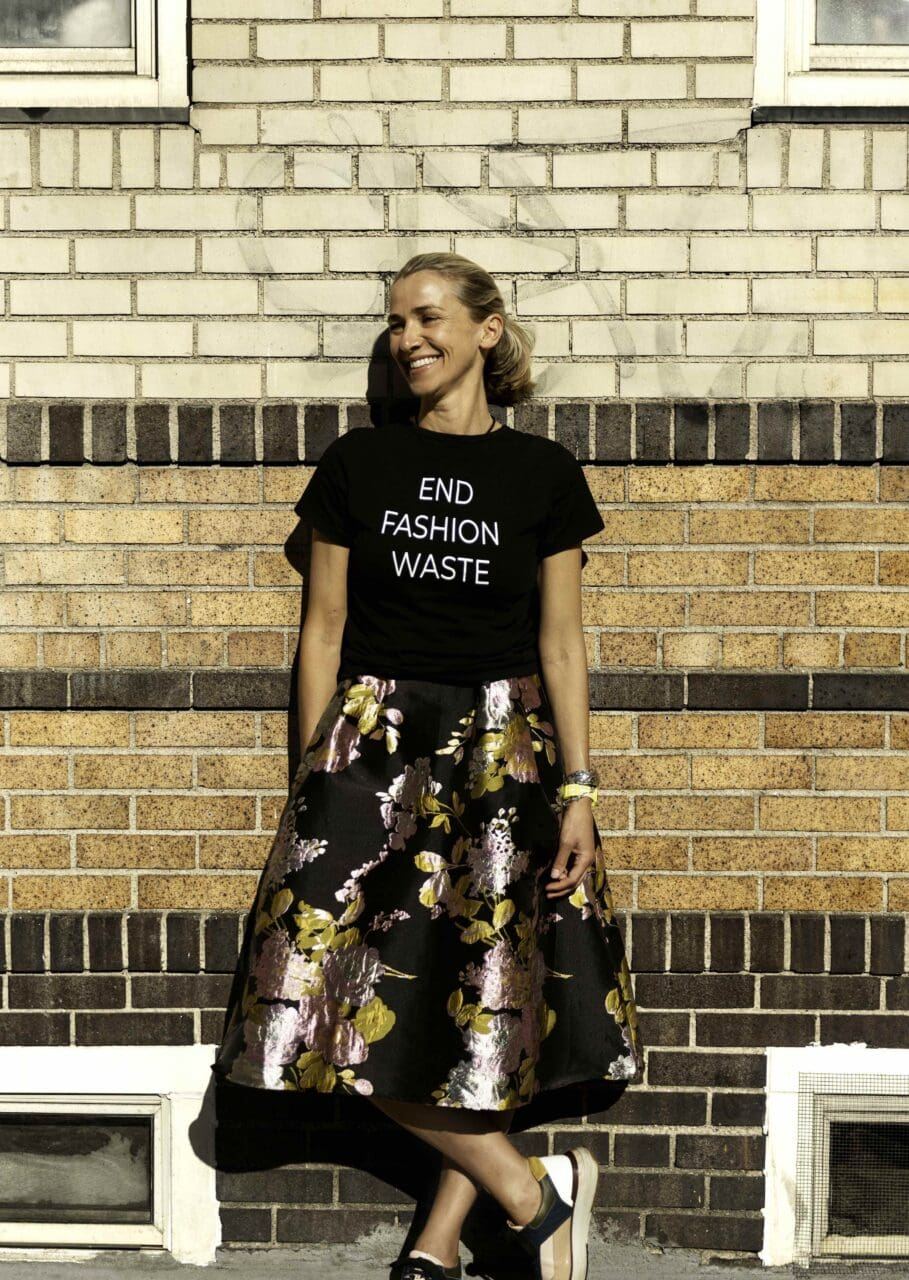Out with the Old: A Conscious Closet Edit and Responsible Ways to Let Go
It’s that time of year when ‘out with the old’ sentiment gets us to tear through our closets to create welcoming conditions for ‘new’ good fortunes to whoosh in with the Year of the Snake. As we all unleash our inner Marie Kondos, most of our wardrobes, which for the remaining 11 other months of the year have idly sat, are subjected to a whiplash of closet edits.
Let’s get this straight. I’ve nothing against an aggressive and honest closet edit. In fact, this is one of Redress’ key consumer tips. The mantra goes like this: remove all your clothes; sort them into what you wear and what you don’t; put back all the clothes you love; then clean, repair or tailor select clothes that you’re not wearing so as to bring them back to fashion life. Ultimately, throughout this process, there will be a few clothing rejects that you can swap, sell or give away – but not discard into landfill!
Did you know…
Every second, the equivalent of one rubbish truck of textiles is landfilled or burned. (Ellen MacArthur Foundation, 2017, A New Textiles Economy: Redesigning Fashion’s Future) In Hong Kong, an average daily quantity of 388 tonnes of textiles were landfilled in 2022. (Environmental Protection Department, HKSAR. 2023. Monitoring of Solid Waste in Hong Kong: Waste Statistics for 2022)
Take Better Action: What to Do with “Unwanted” Clothes After Your Closet Edit
The challenge is to do a closet edit in the most responsible way, which fundamentally means:
- Do the hard work to bring back to life the clothes you’re not actively wearing by repairing, tailoring, altering, dyeing your clothes so you re-fall in love with them. It’s often said, for good reason, that ‘the most sustainable product you can buy is the one you love that’s already in your closet!
- Try to directly deal – and benefit from! – your own unworn clothes: Consider reselling via the numerous second hand online sales platforms or consignment shops. Alternatively, swapping your unwanted clothes is the ultimate sustainable fashionista’s behaviour as you get to hang out with friends and come away with ‘new’ clothes, without the price tag!
- Give away your unwanted clothes in a considered way to local charities who currently collect the type of clothes you have to give away. Always favour charities and organisations who provide transparency on how they manage the incoming clothing donations so that your clothing donations don’t end up in far flung African countries. Redress is the pioneer in passionately sorting local Hong Kong unwanted clothing for their next reuse life, from resale to strategic redistribution to other local Hong Kong charities. So if you have clothes to give away, here are Redress’ clothing collection points located in Zara shops and Pacific Place mall (full list here).
- Don’t put your clothes in landfill!
In with the New: How to Shop with Heart and Soul
Let’s face it – shopping for ‘new’ clothes can be fun. Our brains’ increased dopamine that hits at the point of purchase don’t lie. That’s in part why we’re consuming new clothes as if there is no tomorrow, with devastating effect. Clothes are a beautiful form of self expression. They are also important for cultural celebrations, including Chinese New Year, Christmas to Diwali and beyond.
Take Better Action: Embrace Conscious and Responsible Shopping Habits
- Buy what you love: Responsible consumption is to buy only what we really love and need and will wear for years to come.
- Consider buying your Lunar New Year outfit from a secondhand shop: Keeping the tradition of ‘new’ clothes alive but with a sustainable twist! See some of Redress’ favourite shops here
- Buy from sustainable brands: Look for emerging independent fashion designers and brands with sustainable attributes, designs, businesses or philosophies.
- Check the label: When shopping, don’t just consider the price tag, but the labels, product description and brand practices too – these provide more information about the garment. Does the composition of the garment include a majority of better materials, such as recycled or upcycled materials? Has it been manufactured using ‘cleaner’ processes such as waterless dyeing, or using natural dyes? Does the brand take action to avoid overstock?
Ultimately, what we choose to wear reflects our deeper values and ethics. With the fashion industry and the environment screaming for our love and attention, it’s time to unleash the inner sustainable fashionista into the Year of the Snake.
Editor
Dr. Christina DeanCredit
Photos Courtesy of Dr. Christina Dean






